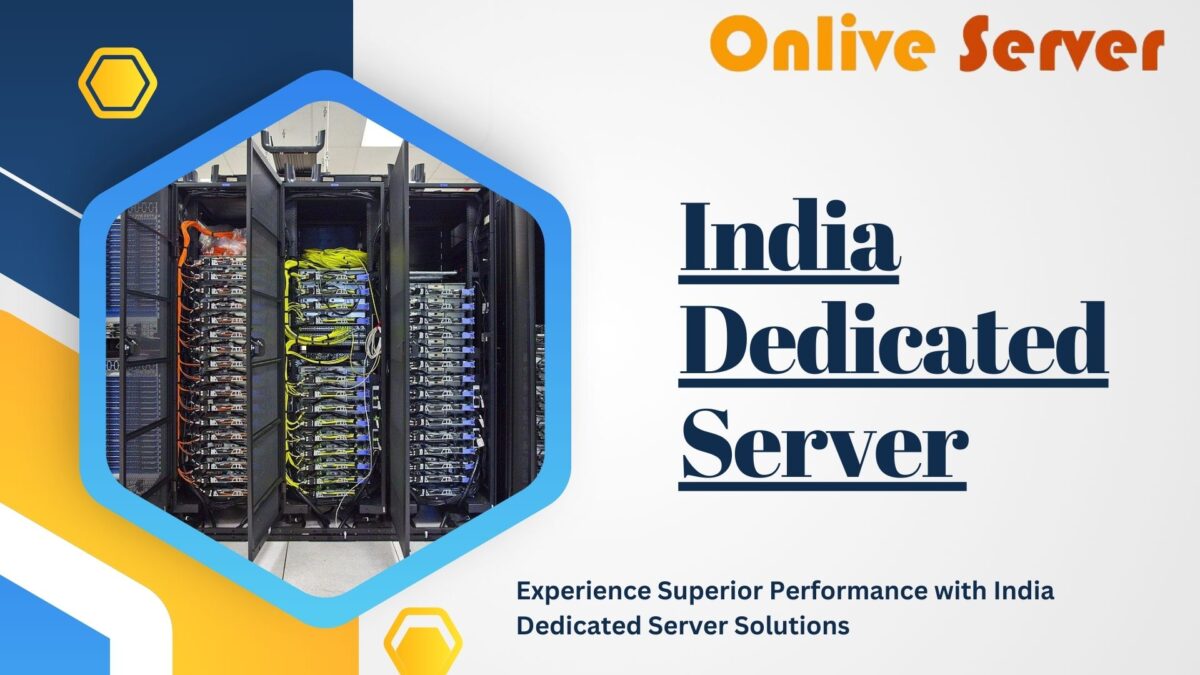For businesses that handle card payments, obtaining PCI DSS (Payment Card Industry Data Security Standard) certification is crucial. This certification shows that your business is committed to protecting cardholder data from fraud and breaches. In today’s blog, we’ll guide you through the steps necessary to successfully obtain PCI DSS certification, ensuring that your organization adheres to the highest security standards.
Understanding PCI DSS Certification
What Is PCI DSS?
PCI DSS stands for Payment Card Industry Data Security Standard. It is a set of guidelines and security measures that any company that accepts, processes, stores, or transmits credit card information must follow. Developed by the Payment Card Industry Security Standards Council (PCI SSC), these standards help protect sensitive cardholder data.
Note:- Looking to achieve PCI DSS Certification in Singapore? Contact Informa Solutions today! Their dedicated team of experts will guide you through the certification process, ensuring your organization meets all necessary compliance requirements. Don’t leave your payment card data security to chance—reach out now to get started on your path to PCI DSS Certification!
Why Is PCI DSS Certification Important?
Obtaining PCI DSS certification is not just about compliance; it’s a demonstration of your organization’s commitment to security. This certification:
- Protects your customers’ sensitive data.
- Enhances your reputation as a secure business.
- Reduces the risk of costly data breaches.
- Is often mandatory for doing business with major card brands.
Steps to Obtain PCI DSS Certification
Achieving PCI DSS certification involves several key steps, each important for ensuring that your organization meets the stringent requirements set by the PCI SSC.
Step 1: Determine Your Compliance Level
Assess Your Transaction Volume
Your PCI DSS compliance level depends on the volume of credit card transactions your organization processes annually. There are four levels of compliance, with Level 1 being the highest. Determining your level will dictate the specific requirements and the assessment process you need to follow.
Step 2: Conduct a Gap Analysis
Identify Current Security Gaps
Before you can proceed with certification, you need to understand where your security measures stand in relation to PCI DSS requirements. Conducting a gap analysis involves reviewing your current security posture and comparing it against the PCI DSS standards to identify areas of non-compliance.
Step 3: Remediate Identified Gaps
Address and Fix Security Issues
Once you’ve identified the gaps, the next step is remediation. This may involve upgrading software, changing operational practices, or enhancing security protocols. Each identified gap needs to be addressed adequately to meet PCI DSS standards before you can proceed with the certification.
Step 4: Compile Documentation
Prepare Required Documentation
Documenting your security policies and procedures is a critical component of the PCI DSS certification process. This documentation should clearly outline how your organization meets each of the PCI DSS requirements. It’s important to keep detailed records since these will be reviewed during the assessment.
Step 5: Conduct Self-Assessment or Hire a Qualified Security Assessor (QSA)
Choose the Right Assessment Method
Depending on your compliance level, you may be able to complete a Self-Assessment Questionnaire (SAQ). For organizations processing larger volumes of transactions (typically Level 1), hiring a Qualified Security Assessor (QSA) to conduct an on-site assessment may be required. QSAs are professionals certified by the PCI SSC to validate adherence to PCI DSS standards.
Step 6: Complete the Attestation of Compliance (AOC)
Officially Validate Your Compliance
After completing the SAQ or undergoing a QSA assessment, the next step is to complete the Attestation of Compliance (AOC). This is a formal statement that confirms your organization has met all PCI DSS requirements. This document is crucial as it must be submitted to your acquiring bank and card brands with whom you do business.
Step 7: Submit Compliance Reports to the Acquiring Bank
Report Your Compliance
Once you have your AOC, you must submit this along with your compliance report (SAQ or QSA report) to your acquiring bank. This step is crucial as it officially documents your compliance with PCI DSS, allowing you to conduct business securely.

Step 8: Maintain Ongoing Compliance
Regularly Update Security Measures
PCI DSS certification is not a one-time event. Maintaining compliance requires continuous effort and regular updates to your security measures. Conduct annual assessments, keep up with changes in PCI DSS standards, and continuously monitor and improve your security processes to stay compliant.
Benefits of PCI DSS Certification
Enhanced Security
The primary benefit of PCI DSS certification is enhanced security. By adhering to these standards, you significantly reduce the risk of data breaches and fraud, protecting both your customers and your business.
Increased Customer Confidence
When customers know that your business is PCI DSS certified, they feel more confident in making transactions. This trust can lead to increased sales and customer loyalty.
Compliance with Regulations
PCI DSS certification ensures that your business complies with global security standards, helping you avoid fines and penalties associated with non-compliance.
Conclusion
Obtaining PCI DSS certification is a detailed process that requires careful planning and execution. By understanding the requirements, assessing your current practices, addressing gaps, and continuously maintaining compliance, your organization can successfully achieve and benefit from PCI DSS certification. Remember, the goal of PCI DSS is not just to pass an assessment but to ensure that your business has the processes and measures in place to protect cardholder data effectively.
Note:- To read more articles visit on segisocial.




